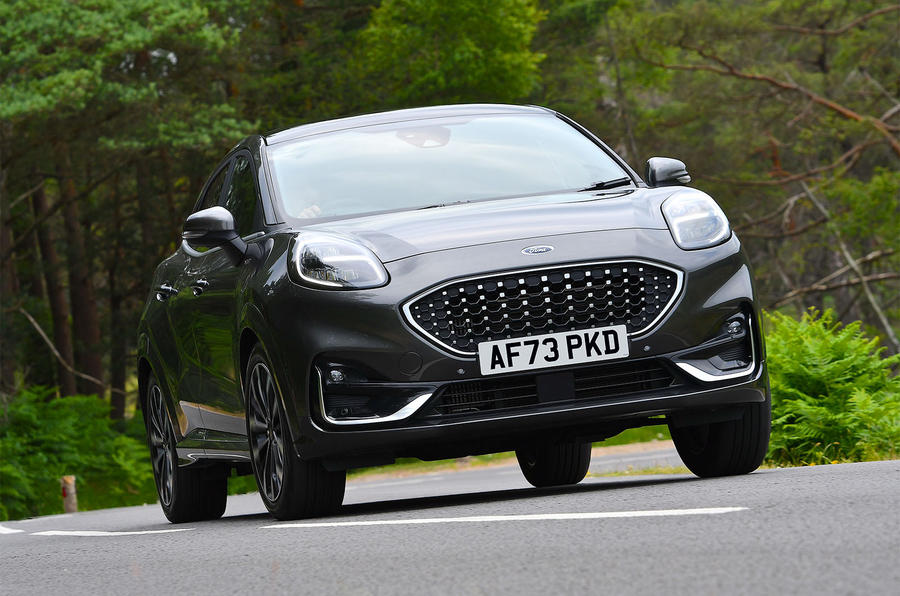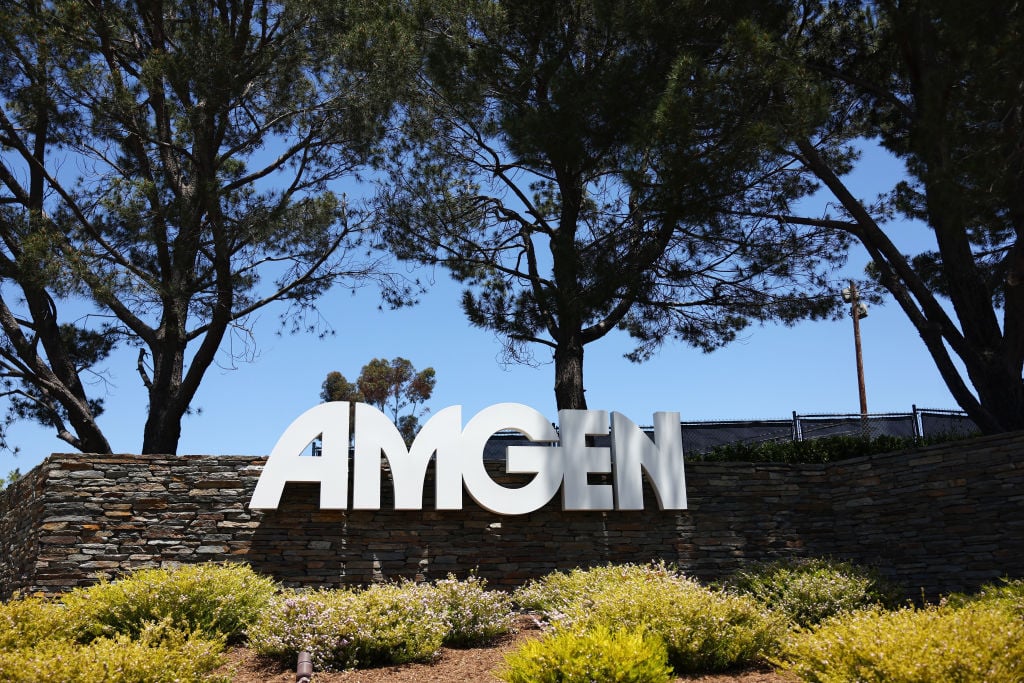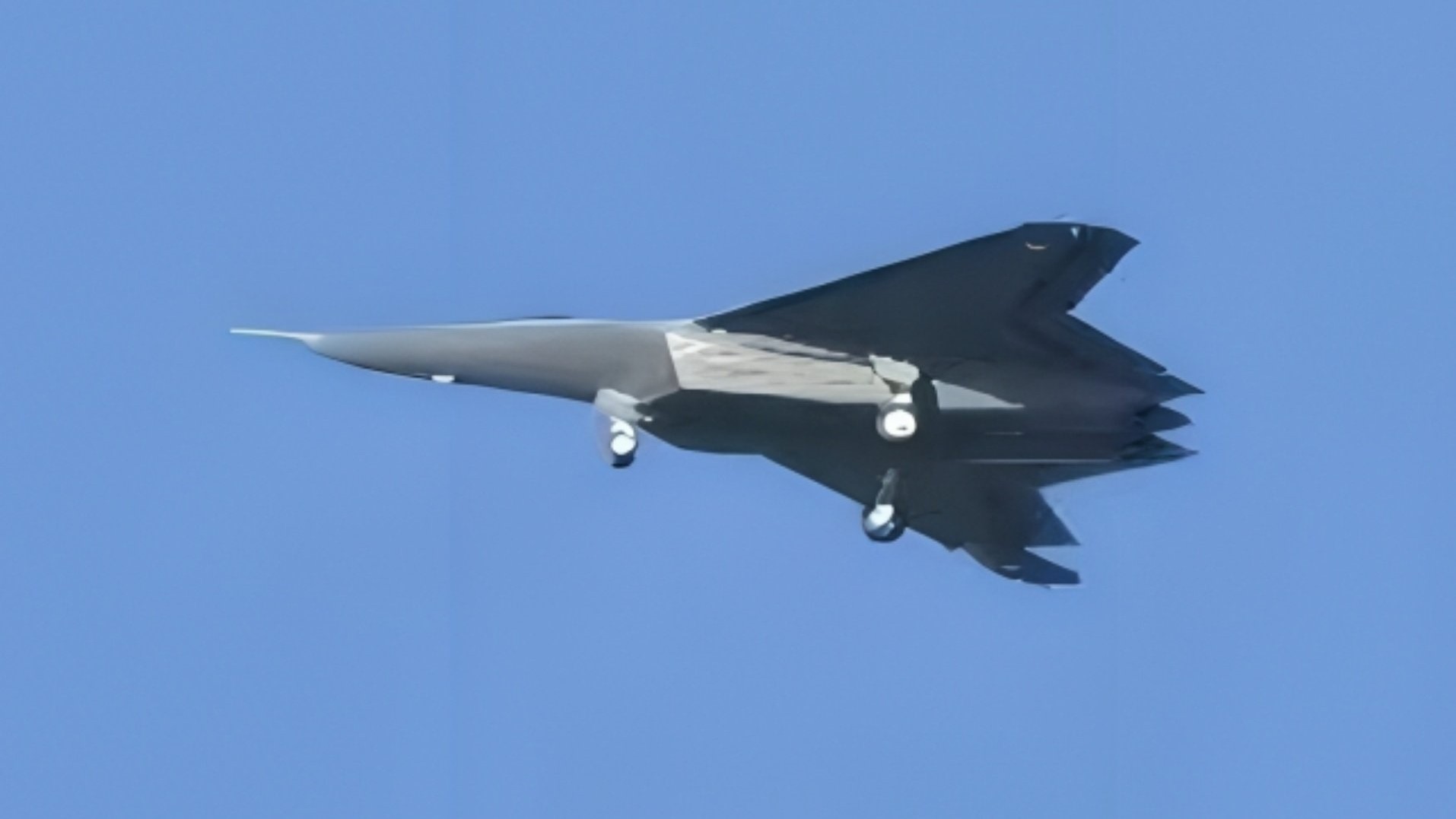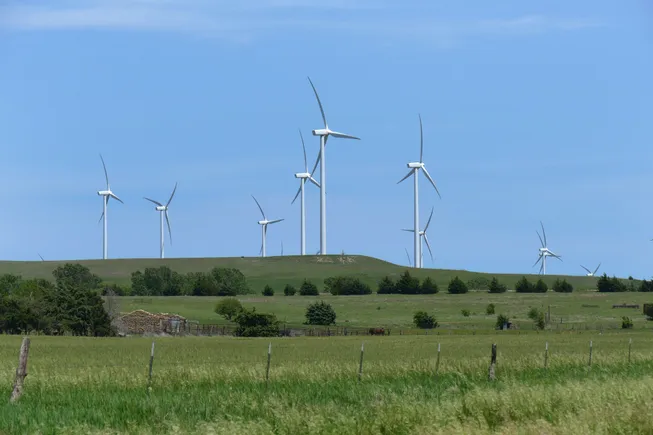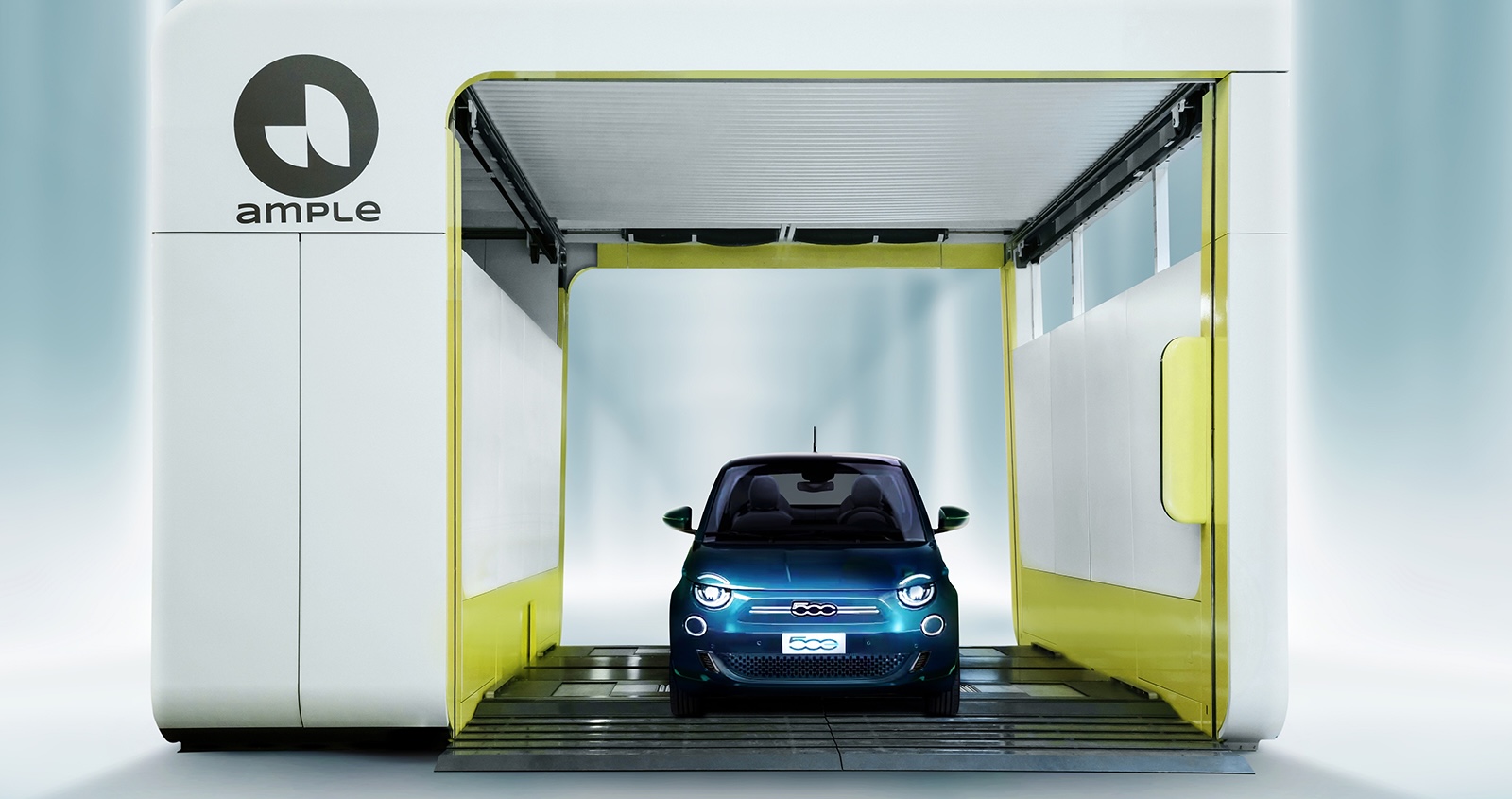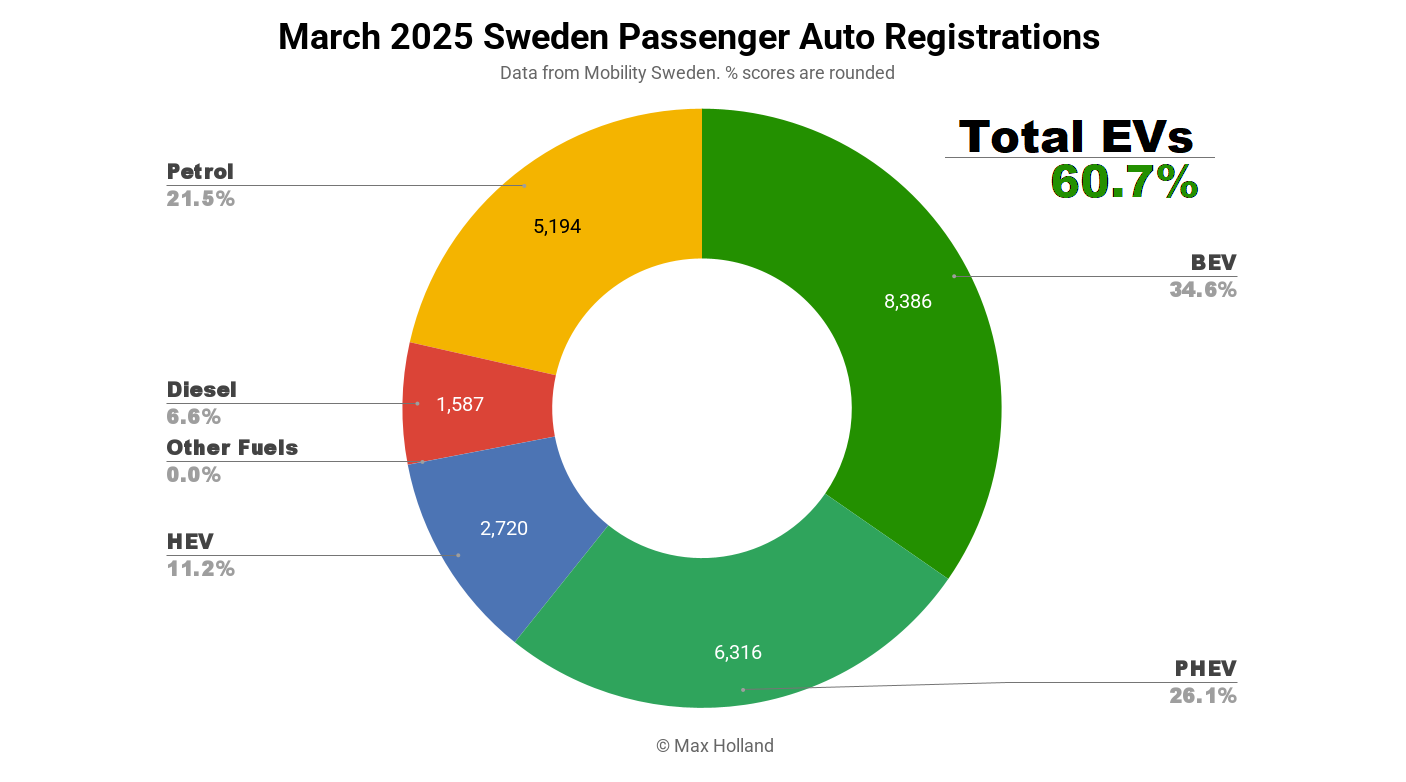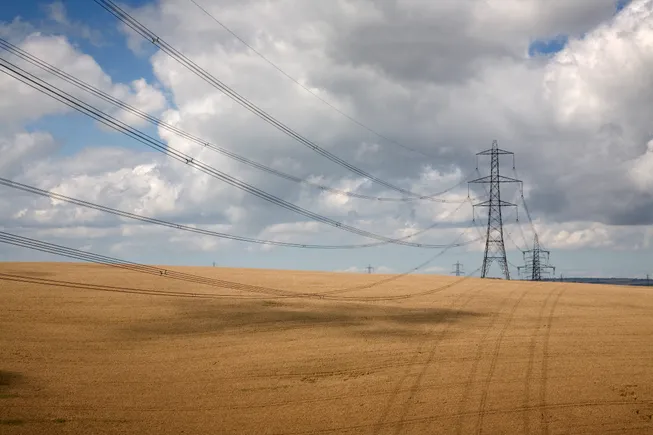Gas1-high quiescent neural stem cells are multipotent and produce oligodendrocytes during aging and after demyelinating injury
by Chaoqiong Ding, Zhenzhong Pan, Xiang Yan, Ran Zhou, Huifang Li, Lu Chen, Yuan Wang, Yan Zhang Quiescent neural stem cells (qNSCs) in the adult mouse subventricular zone (SVZ) normally have limited capacity to generate glia. Gliogenic domains are present in both dorsal and ventral SVZ, with the ventral region featuring a subpopulation of Gli1+ qNSCs. In dorsal SVZ, however, the molecular identity and developmental origin of oligodendrogenic qNSCs remains elusive. Here, through single-cell analysis and lineage tracing, we identify an undefined subpopulation of Gas1high qNSCs in dorsal SVZ, distinct from Gli1+ qNSCs. These cells originate from embryonic Gas1high dorsal radial glia, and persist into the aged SVZ. Remarkably, they are multipotent and more gliogenic than Gas1low/− qNSCs, continuously generating oligodendrocytes in the adult and aged brain, and can be mobilized for myelin repair upon demyelination. Together, our study uncovers a subpopulation of dorsally derived, multipotent long-term qNSCs in the adult and aged SVZ with enhanced gliogenic potential, shedding light on the heterogeneity and plasticity of NSCs in normal, aging, and disease conditions.
by Chaoqiong Ding, Zhenzhong Pan, Xiang Yan, Ran Zhou, Huifang Li, Lu Chen, Yuan Wang, Yan Zhang Quiescent neural stem cells (qNSCs) in the adult mouse subventricular zone (SVZ) normally have limited capacity to generate glia. Gliogenic domains are present in both dorsal and ventral SVZ, with the ventral region featuring a subpopulation of Gli1+ qNSCs. In dorsal SVZ, however, the molecular identity and developmental origin of oligodendrogenic qNSCs remains elusive. Here, through single-cell analysis and lineage tracing, we identify an undefined subpopulation of Gas1high qNSCs in dorsal SVZ, distinct from Gli1+ qNSCs. These cells originate from embryonic Gas1high dorsal radial glia, and persist into the aged SVZ. Remarkably, they are multipotent and more gliogenic than Gas1low/− qNSCs, continuously generating oligodendrocytes in the adult and aged brain, and can be mobilized for myelin repair upon demyelination. Together, our study uncovers a subpopulation of dorsally derived, multipotent long-term qNSCs in the adult and aged SVZ with enhanced gliogenic potential, shedding light on the heterogeneity and plasticity of NSCs in normal, aging, and disease conditions.


















